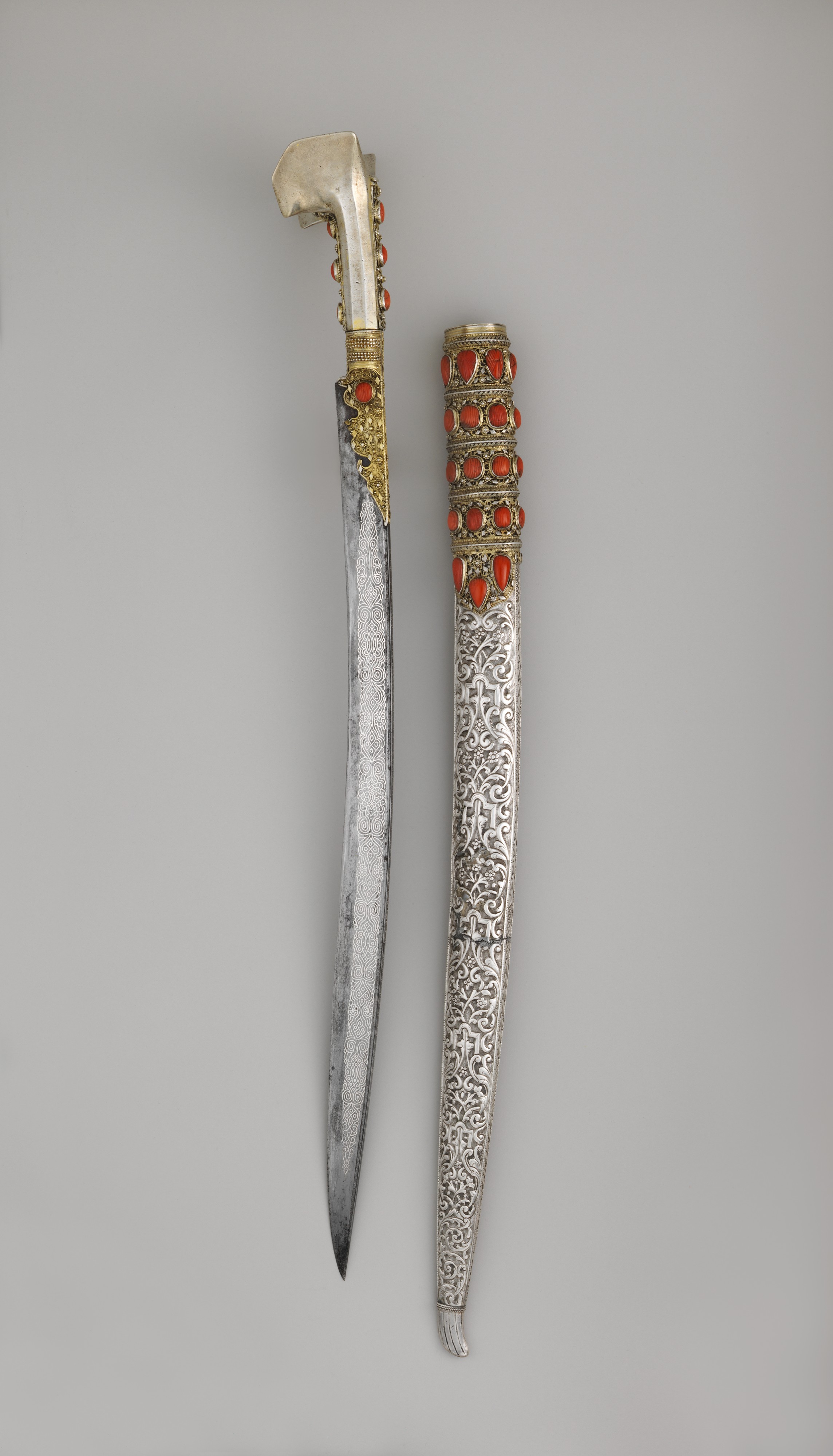Yatagan Craftsmanship And History
Share
The Yatagan, a traditional Ottoman Turkish knife, is not only a weapon but also a remarkable piece of craftsmanship that reflects the rich history and culture of the regions where it was made. This article will take you through the fascinating world of Yatagan craftsmanship, its historical significance, and the artistry involved in its creation.
The Origins of the Yatagan
The Yatagan originated in the Ottoman Empire during the 16th century and quickly became popular among soldiers and civilians alike. Its design is characterized by a double-curved blade and a distinctive hilt, often adorned with intricate carvings and inlays. The name "Yatagan" is derived from the Turkish word "yatağan," which means "to lie down," referring to its unique shape that allows it to be easily stored.
The Yatagan was not just a tool for combat; it also served as a status symbol. Wealthy individuals often commissioned custom-made Yatagans, which featured elaborate decorations and high-quality materials. This led to a flourishing of craftsmanship in regions such as Istanbul, where skilled artisans honed their skills over generations.

Craftsmanship Techniques
Creating a Yatagan requires a combination of metalworking, woodworking, and artistic skills. The process begins with selecting the right materials. The blade is typically made from high-carbon steel, which provides durability and sharpness. Artisans often use Damascus steel, known for its distinctive patterns and strength, adding to the knife's aesthetic appeal.
Blade Forging
The forging of the blade is a critical step in the Yatagan-making process. Skilled blacksmiths heat the steel until it is malleable, then hammer it into shape. This process not only shapes the blade but also aligns the steel's molecular structure, enhancing its strength. The blade is then tempered to achieve the desired hardness.
Hilt Design
The hilt of the Yatagan is equally important and often reflects the personal style of the owner. Made from materials such as wood, ivory, or horn, the hilt is intricately carved and sometimes inlaid with precious metals or stones. The design can range from simple and functional to highly ornate, showcasing the artisan's skill and creativity.
Final Touches
Once the blade and hilt are complete, the two are assembled, and final touches are made. This can include polishing the blade, adding decorative elements, and ensuring that the knife is balanced and comfortable to hold. The result is a unique piece that is both functional and a work of art.
Historical Significance
The Yatagan played a significant role in the military and social fabric of the Ottoman Empire. It was commonly used by soldiers during battles and was a favored weapon for self-defense. Its popularity spread beyond the military, becoming a common item among civilians, especially in the Balkans and the Middle East.
Throughout history, the Yatagan has been associated with various cultural movements and has been featured in literature and art. Its unique design and craftsmanship have made it a subject of admiration and study, reflecting the artistic heritage of the Ottoman Empire.
The Yatagan Today
In contemporary times, the Yatagan remains a symbol of Turkish heritage and craftsmanship. While modern versions are produced for collectors and enthusiasts, traditional methods are still employed by artisans who value the historical significance of their craft. Many artisans participate in workshops and exhibitions, showcasing their skills and educating the public about the Yatagan's history.
Visiting Yatagan Workshops
If you're interested in experiencing Yatagan craftsmanship firsthand, consider visiting workshops in Turkey, particularly in Istanbul and the surrounding regions. Many artisans welcome visitors and offer demonstrations of their techniques. This is a fantastic opportunity to learn about the history of the Yatagan and appreciate the skill involved in its creation.
Conclusion
The Yatagan is more than just a knife; it is a testament to the artistry and craftsmanship of the Ottoman Empire. Its rich history and unique design continue to captivate enthusiasts and collectors around the world. Whether you're a history buff, a lover of fine craftsmanship, or simply curious about this iconic piece of art, the Yatagan offers a glimpse into a fascinating cultural heritage that is still alive today.
For those planning a trip to Turkey to explore this craftsmanship, consider booking your accommodations and flights through the following links for a seamless travel experience:
Embark on a journey to discover the beauty and history of the Yatagan, and immerse yourself in the rich traditions that continue to inspire artisans today.



